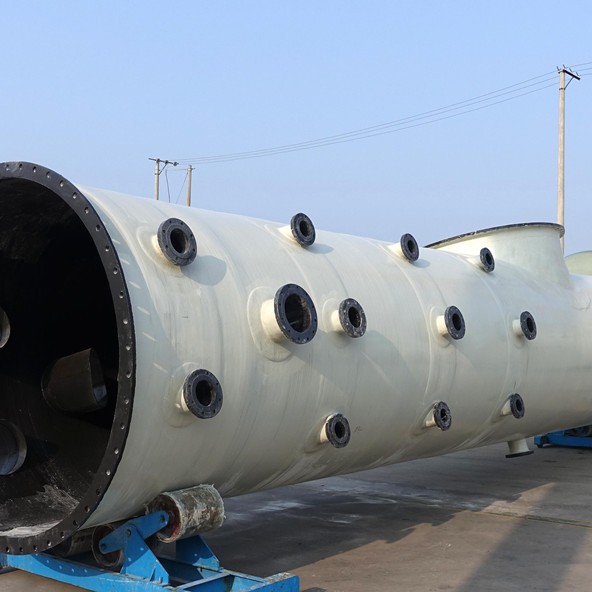
-
 Afrikaans
Afrikaans -
 Albanian
Albanian -
 Amharic
Amharic -
 Arabic
Arabic -
 Armenian
Armenian -
 Azerbaijani
Azerbaijani -
 Basque
Basque -
 Belarusian
Belarusian -
 Bengali
Bengali -
 Bosnian
Bosnian -
 Bulgarian
Bulgarian -
 Catalan
Catalan -
 Cebuano
Cebuano -
 China
China -
 China (Taiwan)
China (Taiwan) -
 Corsican
Corsican -
 Croatian
Croatian -
 Czech
Czech -
 Danish
Danish -
 Dutch
Dutch -
 English
English -
 Esperanto
Esperanto -
 Estonian
Estonian -
 Finnish
Finnish -
 French
French -
 Frisian
Frisian -
 Galician
Galician -
 Georgian
Georgian -
 German
German -
 Greek
Greek -
 Gujarati
Gujarati -
 Haitian Creole
Haitian Creole -
 hausa
hausa -
 hawaiian
hawaiian -
 Hebrew
Hebrew -
 Hindi
Hindi -
 Miao
Miao -
 Hungarian
Hungarian -
 Icelandic
Icelandic -
 igbo
igbo -
 Indonesian
Indonesian -
 irish
irish -
 Italian
Italian -
 Japanese
Japanese -
 Javanese
Javanese -
 Kannada
Kannada -
 kazakh
kazakh -
 Khmer
Khmer -
 Rwandese
Rwandese -
 Korean
Korean -
 Kurdish
Kurdish -
 Kyrgyz
Kyrgyz -
 Lao
Lao -
 Latin
Latin -
 Latvian
Latvian -
 Lithuanian
Lithuanian -
 Luxembourgish
Luxembourgish -
 Macedonian
Macedonian -
 Malgashi
Malgashi -
 Malay
Malay -
 Malayalam
Malayalam -
 Maltese
Maltese -
 Maori
Maori -
 Marathi
Marathi -
 Mongolian
Mongolian -
 Myanmar
Myanmar -
 Nepali
Nepali -
 Norwegian
Norwegian -
 Norwegian
Norwegian -
 Occitan
Occitan -
 Pashto
Pashto -
 Persian
Persian -
 Polish
Polish -
 Portuguese
Portuguese -
 Punjabi
Punjabi -
 Romanian
Romanian -
 Russian
Russian -
 Samoan
Samoan -
 Scottish Gaelic
Scottish Gaelic -
 Serbian
Serbian -
 Sesotho
Sesotho -
 Shona
Shona -
 Sindhi
Sindhi -
 Sinhala
Sinhala -
 Slovak
Slovak -
 Slovenian
Slovenian -
 Somali
Somali -
 Spanish
Spanish -
 Sundanese
Sundanese -
 Swahili
Swahili -
 Swedish
Swedish -
 Tagalog
Tagalog -
 Tajik
Tajik -
 Tamil
Tamil -
 Tatar
Tatar -
 Telugu
Telugu -
 Thai
Thai -
 Turkish
Turkish -
 Turkmen
Turkmen -
 Ukrainian
Ukrainian -
 Urdu
Urdu -
 Uighur
Uighur -
 Uzbek
Uzbek -
 Vietnamese
Vietnamese -
 Welsh
Welsh -
 Bantu
Bantu -
 Yiddish
Yiddish -
 Yoruba
Yoruba -
 Zulu
Zulu
Creating an Engaging for Your RTRP Pipeline Project
Understanding RTRP and Its Implications for Pipe Systems
In the world of pipeline engineering, the acronym RTRP stands for Reinforced Thermosetting Resin Pipe. This innovative material is increasingly gaining popularity due to its unique properties and advantages over traditional piping materials like metal and plastic. RTRP pipes are primarily used in systems where durability, resistance to corrosion, and high mechanical strength are essential.
What is RTRP?
RTRP is a composite material made from a thermosetting resin reinforced with fibers, typically glass or carbon. The manufacturing process involves resin impregnation of the reinforcing fibers, followed by curing in a mold to form the final rigid pipe structure. This process allows for the development of pipes with a high strength-to-weight ratio, making them ideal for a variety of applications in industries such as oil and gas, water supply, and wastewater treatment.
Advantages of RTRP Pipes
1. Corrosion Resistance One of the most significant benefits of RTRP pipes is their resistance to corrosion. Traditional metal pipes may degrade over time due to exposure to water and chemicals, leading to leaks and increased maintenance costs. In contrast, RTRP pipes maintain their integrity over a much longer duration, reducing the need for replacements.
2. Lightweight and Strong RTRP pipes are notably lighter than their metal counterparts, making them easier to handle and install. Despite their light weight, these pipes exhibit impressive mechanical strength, which allows them to withstand high internal pressures and external loads.
3. Temperature Resistance The thermosetting resins used in RTRP withstand high temperatures without losing their structural integrity. This characteristic makes them suitable for applications in environments with elevated temperatures, such as industrial processes and thermal power plants.
4. Chemical Resistance Due to their composition, RTRP pipes can resist a broad spectrum of chemicals, making them ideal for transporting aggressive substances in various industries. They are commonly used in chemical processing plants where exposure to harsh chemicals is inevitable.
rtrp pipe

5. Negligible Maintenance RTRP pipes require substantially less maintenance compared to traditional options. Their longevity and durability help in minimizing downtime and operational costs associated with maintenance and repairs.
Applications of RTRP Pipes
The versatility of RTRP pipes enables their use across various applications. In the oil and gas industry, they are utilized for transporting crude oil and natural gas due to their high pressure resistance and corrosion resistance. Water supply networks benefit from RTRP pipes as well, providing clean and safe drinking water to communities. Furthermore, in wastewater treatment facilities, they serve as effective conduits for transporting waste effluent.
Challenges and Considerations
While RTRP pipes offer numerous advantages, there are factors to consider when implementing them in piping systems. Initial costs can be higher than traditional materials, which may deter some projects. However, the long-term savings from reduced maintenance and replacement costs often offset this initial investment.
Additionally, environmental considerations should be taken into account. Although RTRP pipes are generally more sustainable than some materials, the manufacturing process of thermosetting resins involves energy-intensive procedures. Adopting more eco-friendly production methods can enhance the environmental profile of RTRP pipes.
Conclusion
In conclusion, RTRP pipes present an innovative solution for various piping needs, combining strength, durability, and resistance to corrosion and chemicals. As industries continue to seek more reliable and cost-effective materials, the role of RTRP in piping systems is likely to expand. By recognizing the advantages and potential challenges associated with RTRP, engineers and decision-makers can make informed choices that lead to more efficient and durable infrastructure solutions. As technology and materials science evolve, the future of RTRP in pipeline applications looks promising, paving the way for enhanced performance in challenging environments.









